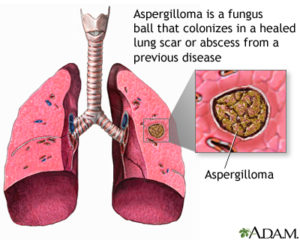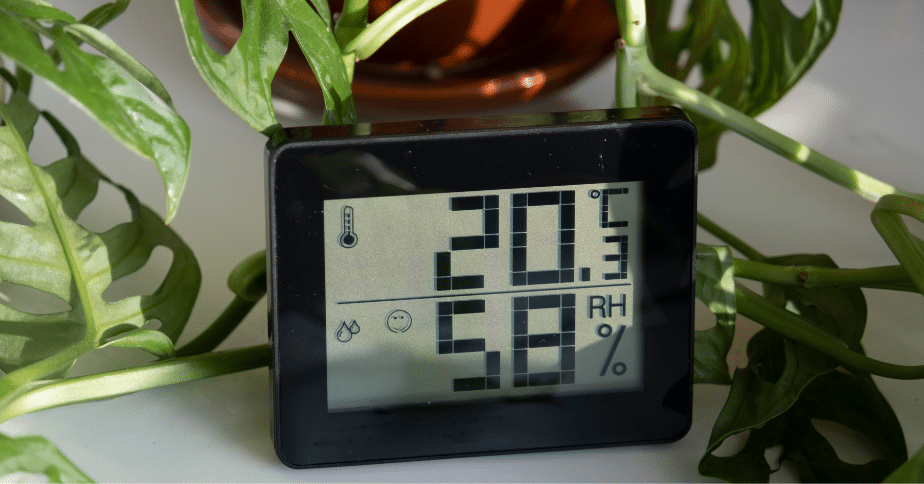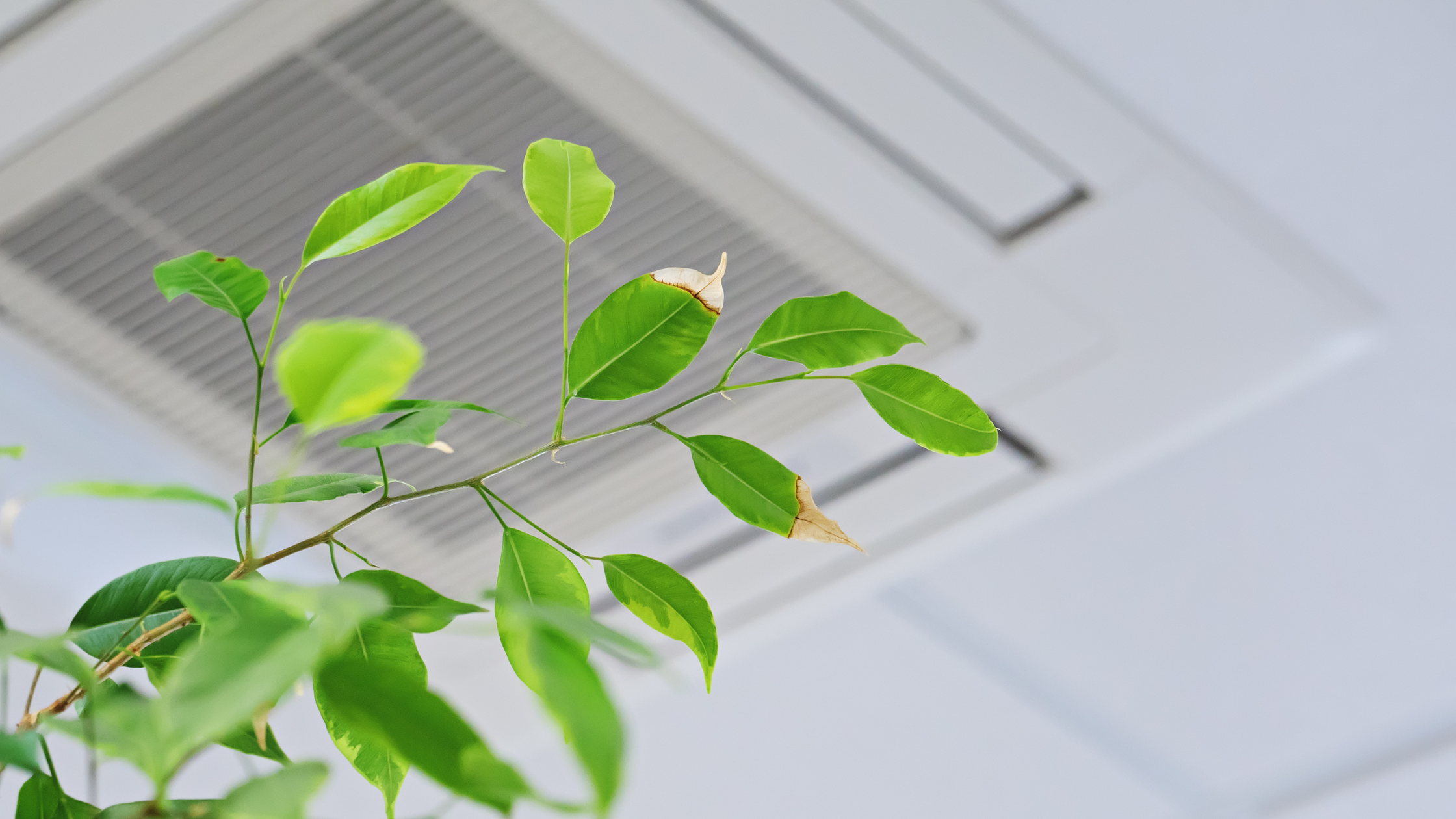The Respiratory Rival

Part 2 of the Mold-ifying Series
Res·pi·ra·tion (noun)
1. the action of breathing. “opiates affect respiration”
a single breath. plural noun: respirations
a process in living organisms involving the production of energy, typically with the intake of oxygen and the release of carbon dioxide from the oxidation of complex organic substances
Signs of the respiratory rival
Itchy eyes, sore throat, coughing and runny nose are all common signs that the Respiratory Rival has entered your territory. She shows little to no mercy to humans that have weakened immune systems, allergies or damaged lungs. Her ability to sneak in through air vents, pets, and water-damaged properties makes her a fierce competitor! Once she has entered your territory, she settles down in places that favor mold growth (areas that provide warmth, moisture, high humidity) like your bathroom or kitchen. The best way to know that she has entered the game is to have your territory assessed by an Air Quality Assessor! The Air Quality Assessor knows that she is a stealth competitor that doesn’t like to show her face all the time, so he takes samples of the air to catch some of the dangerous spores she radiates.

Dangers of the respiratory rival
The Respiratory Rival has many different methods of attacking, but for the most part she targets your respiratory system. Aspergillus can have many different forms (species) and cause different diseases. Listed below are some of the most dangerous forms of your rival:
- Aspergillus clavatus
- Aspergillus flavus
- Aspergillus fumigatus
- Aspergillus glaucus
- Aspergillus nidulans
- Aspergillus niger
- Aspergillus oryzae
- Aspergillus terreus
- Aspergillus ustus
- Aspergillus versicolor
The group of diseases that Aspergillus exposure can cause is called Aspergillosis. The main types of Aspergillosis are: Allergic bronchopulmonary aspergillosis (can cause coughing of blood), Acute invasive aspergillosis (can cause infectious pneumonia) and Disseminated invasive aspergillosis (can spread through your entire body). Another disease to take note of before your battle against the rival is Chronic Pulmonary Aspergillosis which can infect your body and start to grow inside your lung cavities. The Respiratory Rival can leave her spell on you in many different forms: Allergic reactions, fungal mass development, infections, fatigue, nosebleeds, wheezing and more.
What to do if you see symptoms
If you think you are starting to show symptoms of the Rival, it is highly suggested that you see your doctor! Sometimes you don’t know that she has even started the game until it’s too late! The best way to stop the Respiratory Rival before she takes things too far would be to have your home assessed by a licensed mold assessor (Air Quality Assessors); The assessor can let you know if she (the rival) has elevated her game (increased spore count) and invaded your home or if she never started the game to begin with!



